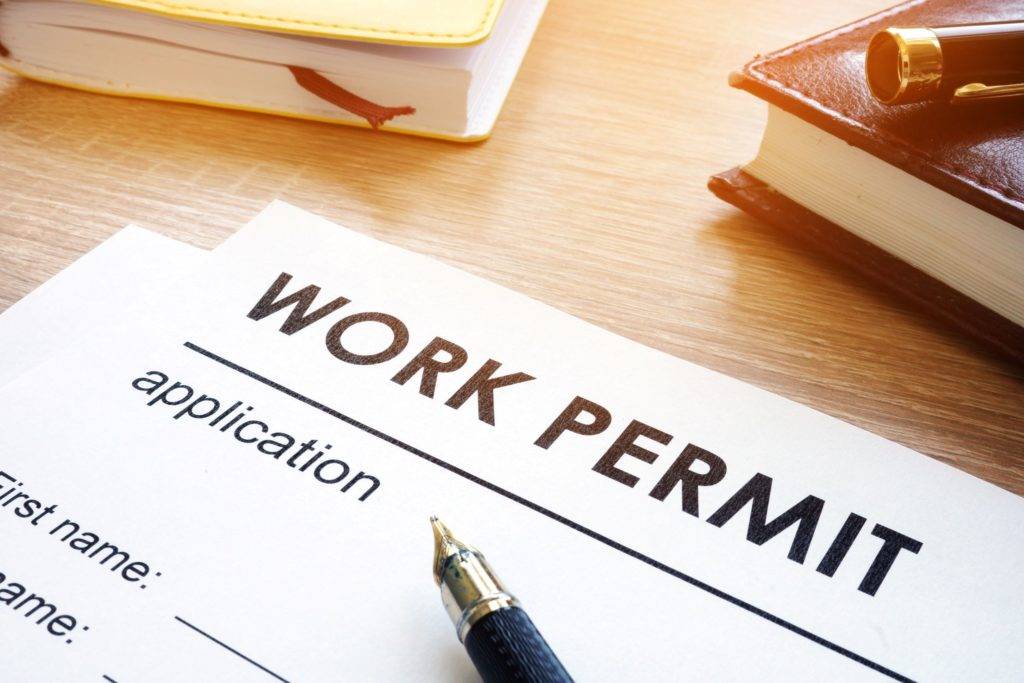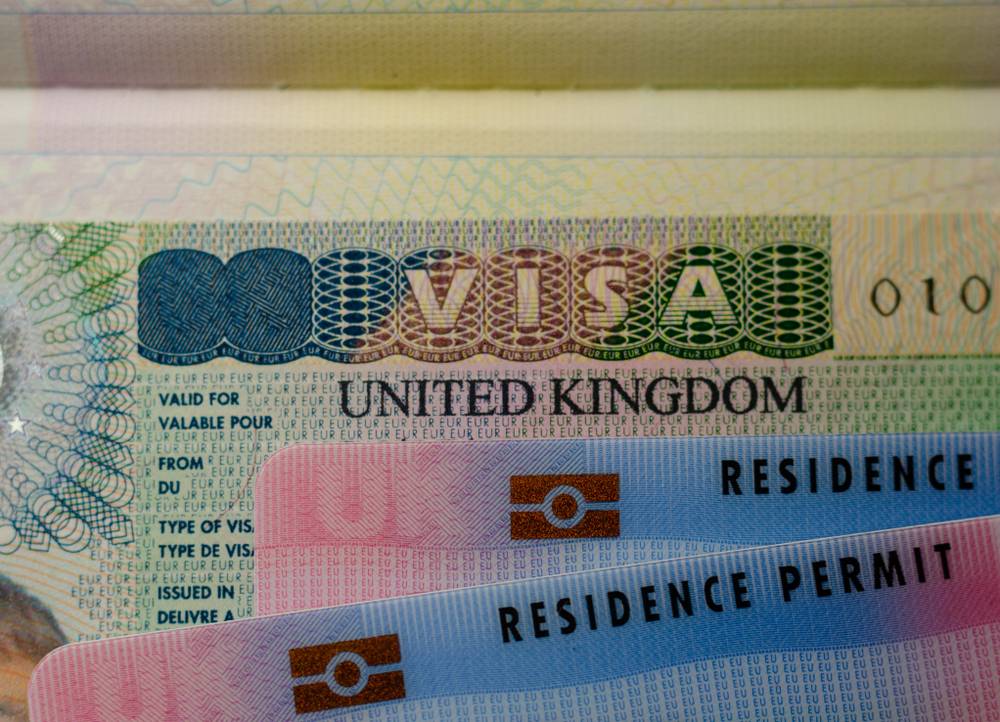Starting with $0 and building your investments to $100K might seem impossible, but it’s not. I’ve been there, looking at my bank account, wondering how to start investing when I barely had extra cash. The truth is, growing wealth isn’t about having a lot of money upfront; it’s about starting with what you have, making smart financial moves, and staying consistent.
In this guide, I’ll break down everything step by step. You’ll learn how to build a solid financial foundation, pick the right investments, and avoid mistakes that can slow down your progress. Whether you’re completely new to investing or want to improve your strategy, this guide will help you take control of your financial future. Let’s get started.
Start with the Right Mindset
Before putting money into investments, you need the right mindset. Without it, you’ll likely make emotional decisions that could hurt your progress.

- Investing is a long game: Wealth doesn’t grow overnight. The earlier you accept that, the better your results will be.
- Think like an investor: Instead of focusing on quick wins, prioritize steady, long-term growth.
- Embrace compound interest: The sooner you invest, the more your money grows over time. Even small amounts make a big difference.
- Ignore market noise: Stock prices rise and fall daily, but long-term investors stay focused on overall trends.
Once you develop the right mindset, staying invested and consistent becomes easier.
Read: Now Hiring: Car Wash at Don Valley North Lexus Canada – Full Job Details, Benefits & Career Growth
Build a Strong Financial Foundation
Investing without a solid financial base is risky. You need to secure your personal finances before putting money into investments.
- Pay off high-interest debt first: If you have credit card debt with 20%+ interest, focus on clearing it. The money saved on interest is better than most investments.
- Create an emergency fund: Save at least 3-6 months’ worth of expenses in a high-yield savings account. This prevents you from selling investments during financial emergencies.
- Track your income and expenses: Use budgeting apps like Mint or YNAB to know where your money is going.
- Set clear investment goals: Define why you’re investing—retirement, home purchase, or financial independence. Goals keep you motivated.
Having a strong financial foundation ensures that investing becomes a long-term habit rather than a short-lived effort.
Understand the Basics of Investing
Investing is simple, but understanding the basics helps you make better choices. Here are the main types of investments:

- Stocks: Owning shares in companies. Stocks can grow in value over time but also come with risks.
- Bonds: Loans to companies or governments that pay interest over time. Lower risk than stocks but also lower returns.
- ETFs (Exchange-Traded Funds): A collection of stocks and bonds that provide diversification. Great for beginners.
- Real Estate: Buying property to rent out or sell later for a profit. It requires more capital but offers steady income.
The best strategy for beginners is diversification, spreading investments across different assets to lower risk.
Read: Shortcut to Canadian Residency: Canada Investor Visa Explained in 10 Minutes!
Open the Right Investment Accounts
To start investing, you need the right accounts. Here’s what to consider:
- Brokerage Account: A general investment account where you can buy stocks, ETFs, and bonds. Best for beginners.
- Retirement Accounts (401k, IRA, Roth IRA): These accounts offer tax benefits, making them great for long-term investing.
- Robo-Advisors (Wealthfront, Betterment): Automated investment platforms that handle everything for you. Ideal if you don’t want to pick stocks yourself.
Choose an account that fits your goals. If your job offers a 401(k) with matching contributions, take it, it’s free money.
Start Investing with Low Capital
Many people think they need thousands of dollars to start investing. That’s not true. Here’s how to start with little money:
- Buy fractional shares: Platforms like Robinhood and M1 Finance let you buy parts of expensive stocks with as little as $1.
- Invest in ETFs: These funds spread your money across multiple stocks, reducing risk.
- Use spare-change investing apps: Apps like Acorns round up your purchases and invest the change.
- Start with just $10 or $50: The key is to begin. Small investments compound over time.
The earlier you start, the more time your money has to grow.
Increase Your Earnings to Invest More
To grow wealth faster, you need to increase how much you invest. Here’s how:
- Negotiate your salary: Research industry salaries and ask for a raise based on your performance.
- Start a side hustle: Freelancing, tutoring, or online gigs can add extra income.
- Cut unnecessary expenses: Track your spending and redirect wasted money into investments.
More money invested = faster growth toward $100K.
Scale Up Your Investments for Faster Growth
Once you’re comfortable with investing, it’s time to scale up.
- Reinvest dividends: When you earn dividends from stocks or ETFs, reinvest them to grow your wealth faster.
- Increase contributions over time: If you start investing $100/month, try increasing it to $150, then $200.
- Diversify your portfolio: Add different assets like real estate, bonds, or REITs to reduce risk.
The more you invest, the quicker you reach $100K.
Avoid Common Investment Mistakes
Mistakes can slow down your progress. Here’s what to avoid:

- Panic-selling: Markets fluctuate, but selling in fear locks in losses. Stay invested.
- Paying high fees: Avoid mutual funds with high fees and choose low-cost index funds instead.
- Trying to time the market: No one can predict stock prices. Instead, use dollar-cost averaging, investing a fixed amount regularly.
Avoiding these mistakes keeps your investments growing without unnecessary setbacks.
Read: The Ultimate Guide to Securing Event Technician Jobs in the USA with Visa Sponsorship
Monitor and Adjust Your Strategy
As your investments grow, review and adjust your strategy regularly.
- Check your portfolio once a year: Make sure your asset allocation matches your goals.
- Rebalance when needed: If stocks have grown too much in your portfolio, shift some money into bonds or other assets.
- Stay informed but don’t overreact: Keep learning, but avoid making changes based on daily news.
Consistency is key to reaching your goal.
Achieve $100K and Plan for What’s Next
Reaching $100K is a huge milestone, but it’s just the beginning. Here’s what to do next:
- Keep investing: Let your money compound and grow beyond $100K.
- Explore new investment opportunities: Consider real estate, business investments, or more advanced strategies.
- Set your next goal: Whether it’s $500K, $1M, or retirement, keep pushing forward.
Building wealth from $0 to $100K is achievable if you start early, stay consistent, and make smart choices. Focus on growing your income, investing consistently, and avoiding common mistakes. The most important step? Start now. Even small investments today can grow into life changing wealth in the future.














